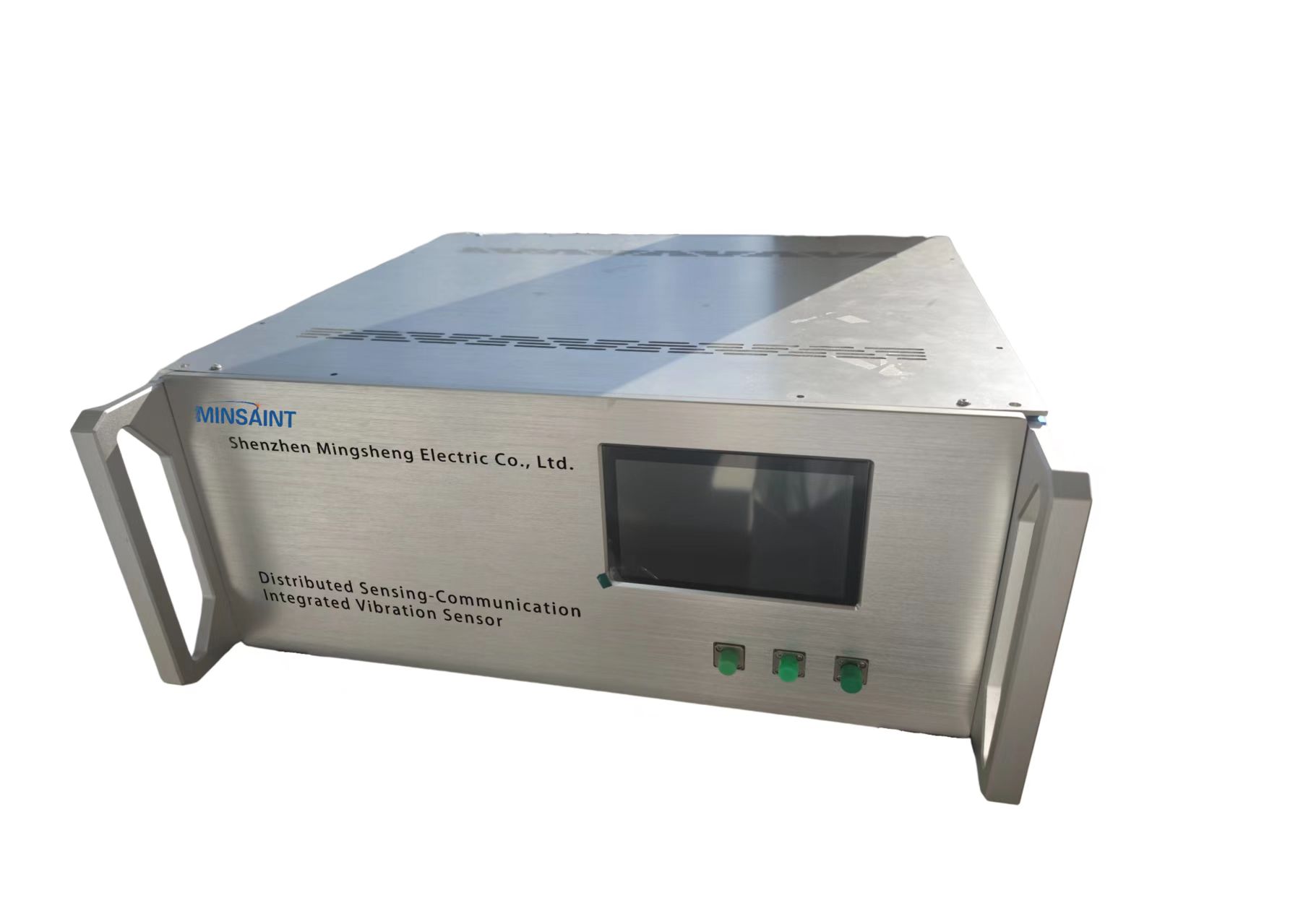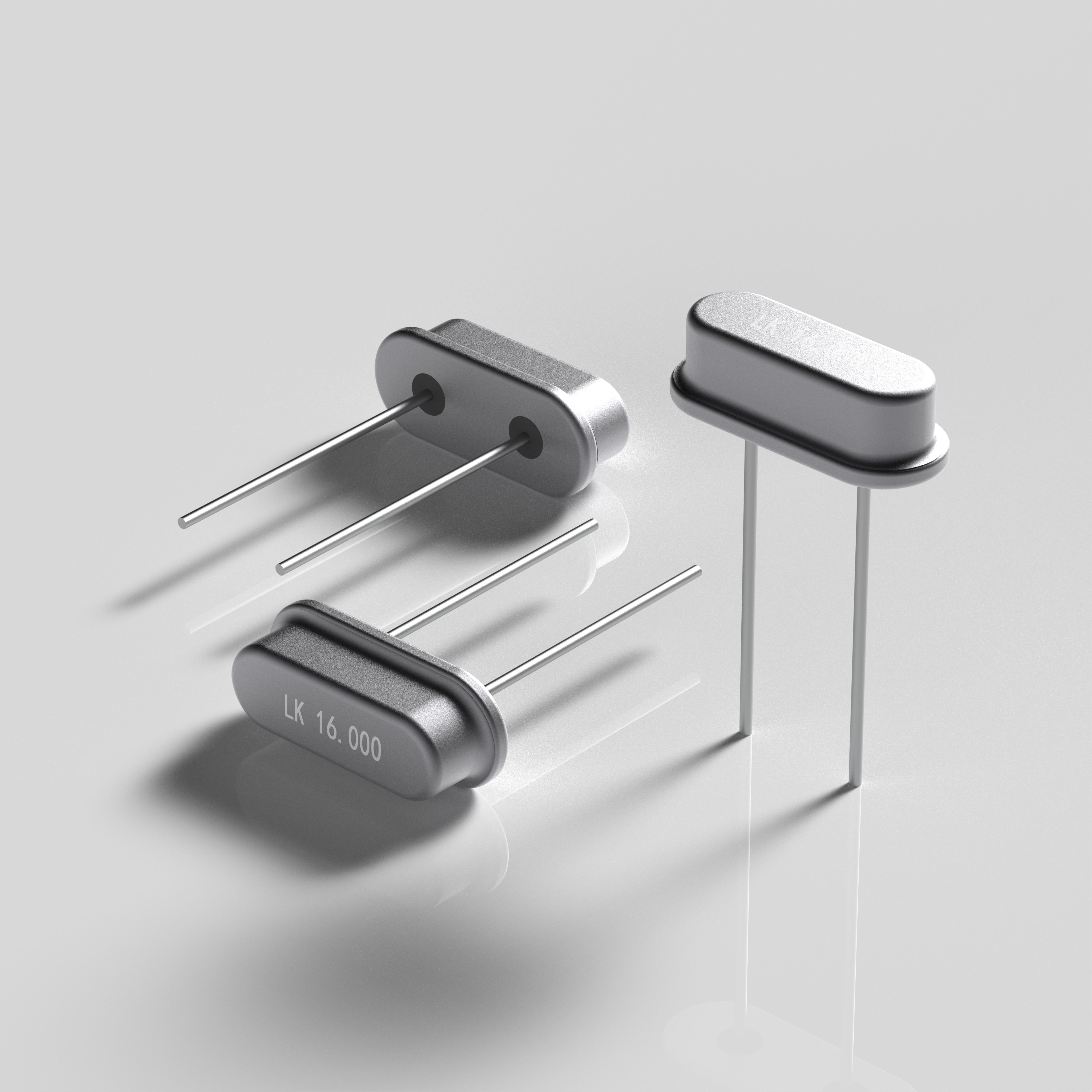Manufacturing process of MPP power cable protection pipe
3 min readThe MPP (Modified Polypropylene) high voltage power cable protection pipe is a critical component in the infrastructure of modern electrical systems. It is designed to protect high voltage power cables from external factors such as mechanical damage, chemical corrosion, and environmental stress. In this blog post, Hangyi will share with you the manufacturing process of MPP power cable protection pipe for sale, including the steps and precautions for the quality and durability of basic components.
Material Selection
The first step in the manufacturing process is the selection of raw materials. MPP, or modified polypropylene, is chosen for its excellent electrical insulation properties, high mechanical strength, and resistance to chemicals and environmental factors. The raw polypropylene is sourced from trusted suppliers and is tested for purity and consistency to ensure it meets the required specifications.
Compounding
Once the raw material is selected, the compounding process begins. This involves the addition of various additives to the polypropylene to enhance its properties. These additives may include:
- Stabilizers to protect against UV degradation and oxidation.
- Impact modifiers to improve toughness and resistance to cracking.
- Fire retardants to reduce flammability.
- Colorants to provide visibility and identification.
The compounding process is carefully controlled to ensure a uniform distribution of additives throughout the material.
Extrusion
The next step is the extrusion process, where the compounded material is melted and forced through a die to form the pipe. The extrusion process involves several stages:
1. Preheating: The material is preheated to a specific temperature to ensure it is in a suitable state for extrusion.
2. Melt Mixing: The material is melted and mixed to achieve a homogeneous blend.
3. Extrusion: The molten material is extruded through a die with a specific profile to form the pipe.
4. Cooling: The extruded pipe is cooled rapidly to set its shape and improve its crystallinity.

Calibration
After extrusion, the pipe undergoes calibration to ensure it has the correct dimensions and wall thickness. This is achieved using a calibration unit that applies a specific amount of pressure to the pipe's surface, adjusting its diameter and wall thickness to meet precise specifications.
Annealing
The annealing process is crucial for relieving internal stresses that may have been introduced during the extrusion and calibration processes. The pipe is heated to a specific temperature and then cooled slowly, allowing the molecular chains to relax and the stresses to dissipate.
Testing
Quality control is a critical aspect of the manufacturing process. Each batch of MPP pipes undergoes rigorous testing to ensure it meets the required standards. Tests may include:
- Visual Inspection: To check for any surface defects or irregularities.
- Dimensional Testing: To ensure the pipe meets the specified dimensions.
- Electrical Insulation Testing: To verify the pipe's electrical properties.
- Mechanical Testing: To assess the pipe's strength and resistance to impact.
- Chemical Resistance Testing: To evaluate the pipe's ability to withstand various chemicals.
Marking and Packaging
Once the pipes have passed all quality tests, they are marked with relevant information such as the manufacturer's name, product specifications, and batch number. The pipes are then carefully packaged to protect them from damage during transportation and storage.
Installation and Application
The final step in the process is the installation of the MPP high voltage power cable protection pipes. Proper installation is crucial to ensure the long-term performance and durability of the pipes. This involves:
- Trenching: Digging a trench to accommodate the pipe.
- Laying: Placing the pipe in the trench with the correct alignment and spacing.
- Backfilling: Filling the trench with soil to provide support and protection to the pipe.
- Testing: Conducting final tests to ensure the installation meets all safety and performance requirements.
Conclusion
The manufacturing process of MPP high voltage power cable protection pipes is a complex and meticulous procedure that involves several stages, from material selection to installation. Each step is carefully controlled to ensure the pipes are of the highest quality, providing reliable protection for high voltage power cables. As the demand for reliable electrical infrastructure continues to grow, the role of MPP pipes in ensuring the safety and efficiency of power transmission systems becomes increasingly important.
https://www.hangyipipe.com/Manufacturing-process-of-MPP-power-cable-protection-pipe.html
www.hangyipipe.com
Hangyi



